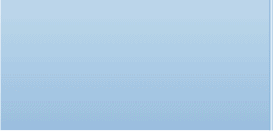 |
 |
|
Irrigation expands
Following World War II, construction was undertaken simultaneously on the Deniboota Scheme south west of Deniliquin and on the newly approved Denimein Scheme, to the north west. The development of the irrigation network continued until the last channels were completed in 1964. The total length of the supply network is almost 3000 kilometres. The primary focus of irrigation in the Southern Riverina was pasture for sheep, beef and dairy cattle, and winter cereals. Intensive horticulture, viticulture, orchards and rice growing were originally prohibited to protect markets already being supplied by the Murrumbidgee Irrigation Area. Water was provided to each property’s boundary and landholders were then responsible for the development of their own farm channels and layout. Horse teams were often used to make smaller supply channels and farm channels, until tractors became more widely available in the late 1940s. Early irrigation was often crude and labour intensive, relying on the natural contours of the land to direct water. Many district graziers depended on farm workers or sharefarmers from the Murrumbidgee or Victoria who had irrigation experience to teach them new farming techniques |
Soldier Settlement
Promoting closer settlement, the Government continued subdividing larger properties following World War II, mostly as soldier settlement blocks. From 1947 to the mid 1950s the NSW Government created 30 to 40 new holdings a year. Water was initially provided to landholders on the basis of 10 acre feet per 100 acres of land, up to a maximum of 200 acre feet. Each subdivided property was given an additional water entitlement of its own. |
|
| sitemap • credits
& references • copyright • local
history links • contact & contribute • VISITORS |
||

